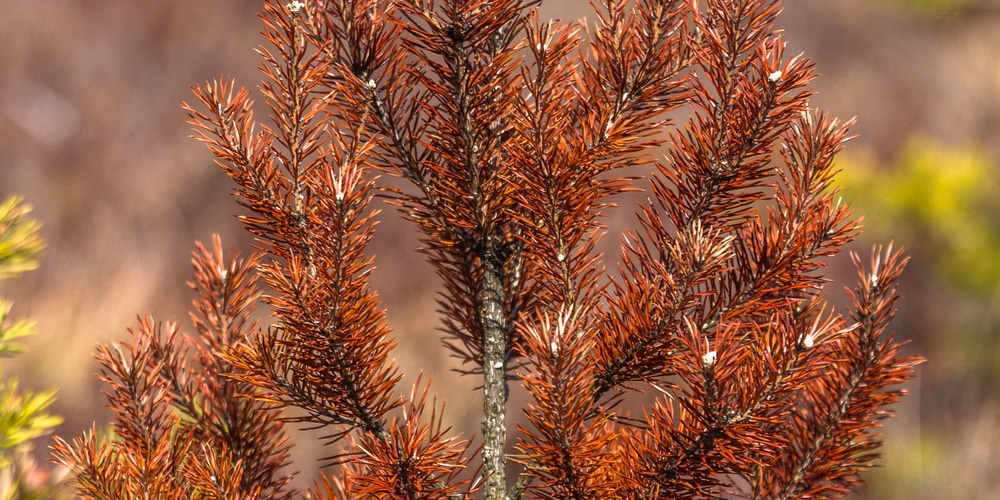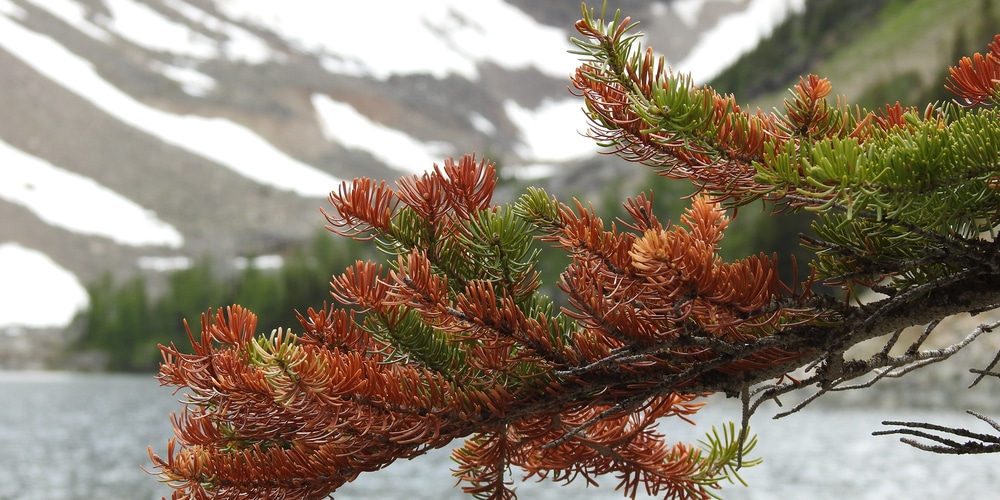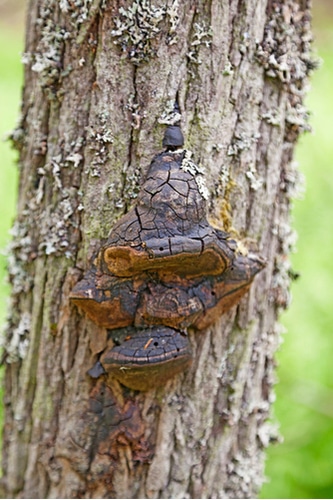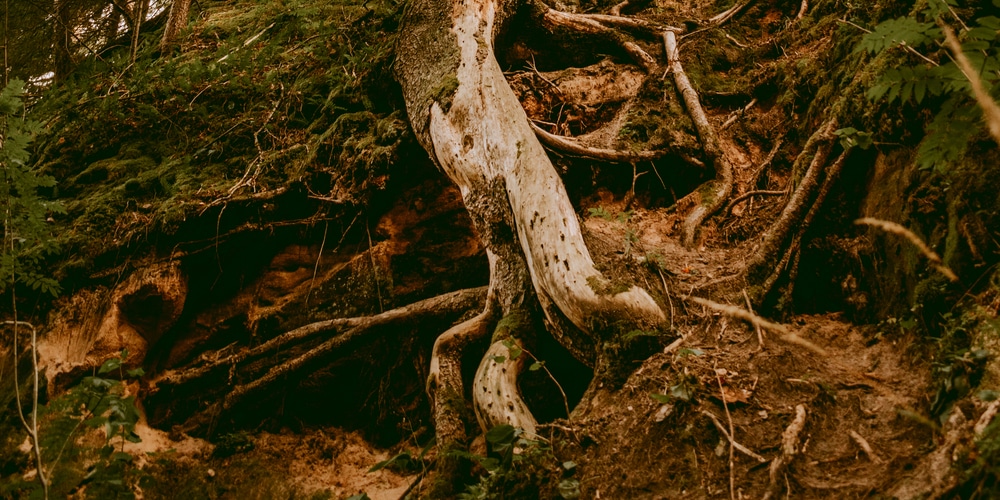There are several problems that may cause early needle-shedding or your pine tree to turn brown, including drought, root rot, fungal infection, and chemical burn. If you are unsure of the cause of your tree’s browning, take a sample of the needles to your local garden center for diagnosis.
This article will answer the question, ‘why is my pine tree turning brown?’ We’ll discuss the most common reason and tell you how to solve the problem.
If your pine tree turns brown, it’s likely suffering from poor watering and/or nutrient deficiencies. To prevent an early death for your tree, make sure to water it deeply at least once a week and fertilize it with a quality organic fertilizer after the first year of growth. The following problems may be causing your pine tree to turn brown:
1. Needle shedding

A properly cared for pine tree should not turn brown except for natural needle shedding. Needle shedding is the natural process of old-growth fading away as new growth emerges.
Pine trees also suffer from needle shedding due to poor watering and fertilizing. During times of stress, such as hot summers or cold winters, pine needles typically drop to conserve water. This will not harm the tree.
2. Fungal infection
If your tree is losing all its needles or has browning throughout the entire crown (top branches and center), it’s likely suffering from a fungal infection.
The most common fungal infection of pine trees is called Rhizosphaera needle cast. This infection causes needles to turn brown and fall off the tree. If your pine tree is infected with Rhizosphaera needle cast, you will need to treat it with a fungicide. Fungicides are available as both liquid sprays and granular products. Always follow the manufacturer’s instructions when treating your trees.
3. Insect infestation

Pine trees can also be infested with insects such as aphids, spider mites, and mealybugs. These pests suck the sap from the needles or bark, causing them to turn yellow or brown. If you suspect an insect infestation, treat the tree with a pesticide. Be sure to read the product label carefully and follow all instructions. In most cases, you will need to spray the pesticide on the tree every two weeks until you get rid of the insects.
4. Root rot
Root rot occurs when a fungus grows through the roots of a pine tree. This is most common among trees planted in compacted or poor-quality soil, where they remain wet for long periods of time. To prevent root rot, water your tree deeply but infrequently and make sure the soil is well-drained.
5. Chlorosis
Chlorosis is a condition that causes the leaves of a tree to turn yellow. This occurs when the tree isn’t getting enough iron, which can be caused by either poor quality or compacted soil and the planting of another nearby tree. To prevent chlorosis, make sure your tree is getting enough water and fertilize regularly with a good quality fertilizer that’s been designed for trees. You can also add mulch to the topsoil to improve soil texture and add nutrients.
6. Cold damage
If your pine tree is turning brown and you live in a cold climate, it’s likely experiencing cold damage. This problem is caused by the freezing and thawing of the water in the cells of the tree. To prevent cold damage, make sure you’re planting your pine in an area where there is little fluctuation in temperature.
7. Drought stress
Your pine tree may simply be turning brown due to drought stress. To prevent this, water it deeply when the top 2 inches of soil has dried out. This will help reduce the likelihood that your tree will suffer from drought stress in the future.
Why is my Christmas tree turning brown?
If a Christmas tree is grown outdoors and then brought inside, it may start to turn brown or drop its needles due to a dramatic change in temperature.
Conclusion
To prevent future problems with your pine tree, make sure your tree is planted in well-drained soil; water it deeply but infrequently; avoid planting on the north side of your house; and fertilize annually with a quality organic fertilizer. When you follow these guidelines, your pine tree should remain healthy and green for many years!

